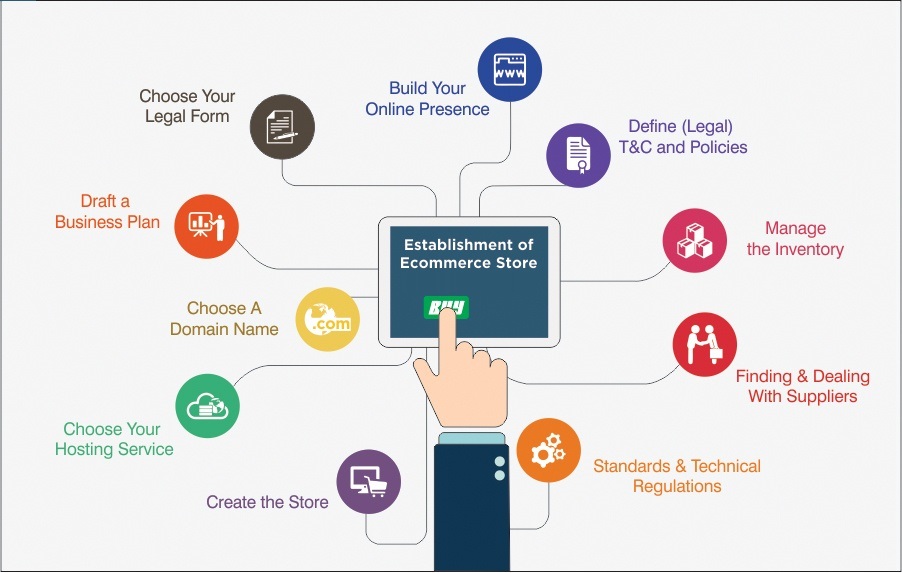Previously, in the first part of this post, we discussed the three points, out of six, of creating an e-commerce store. Now we will discuss the rest of the points. If you did not read the first part, go to the following link.
How to Create an E-commerce Store – Part 1
We covered the following points in the previous post.
- How to develop an online store?
- How to choose a payment system for the store?
- How to deliver top-notch customer service through the web portal?
Let’s have a look at the other three points.
- How to promote the store once established?
Creating a website for your online store does not guarantee the sale of your products. You need to promote your website and bring traffic to it. There are various ways of doing that and most of them are free of cost.
- The most common one is to use social media platforms such as Facebook, Twitter, and Pinterest. The best strategy to use social media platforms is to devise proper campaigns to attract customers to your social media pages.
- The second way is to promote your website on search engines. This is called Search Engine Optimization (SEO) which helps in ranking your website at the top when the relevant keywords are typed. Many companies which provide e-commerce solutions also offer SEO services. You can contact them too.
- The third way is to use paid marketing. The common platforms used for SEM are Google AdWords and Bing Ads.

- Why a return policy for the store is required?
If you have an online store, you should expect returns. People usually do not find the products purchased online up to their expectations. Hence, online stores need always to be ready for handling returns. While using an e-commerce vendor, make sure your vendor provides you with tools or services that enable you to refund the customer or replace the purchased item with another one easily.
It is necessary to have a return and refund policy in place before you launch your online store. It should cover the following areas.
- What is the time period during which returns are acceptable?
- What is the refund method you will use?
- Who will pay the shipping cost of the returning product?
- Is refund applicable to all or specific products?
- How to understand the performance of an e-commerce store?
The answer to this question is to use Google Analytics. With the help of this tool, you can easily track the performance of your website. It not only helps you in understanding the purchase trends of your customers but also enables you to get an idea about the location from where most of your traffic is coming. Hence, it can help you in segmenting your visitors and tracking their activity on your website effectively.
Are you ready to build your own e-commerce store?

